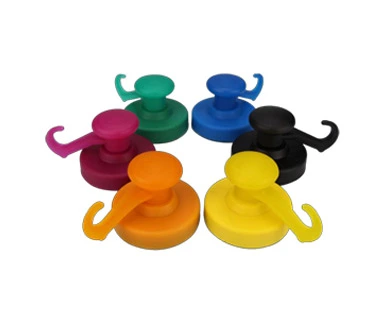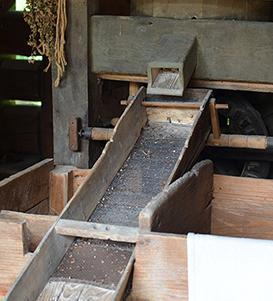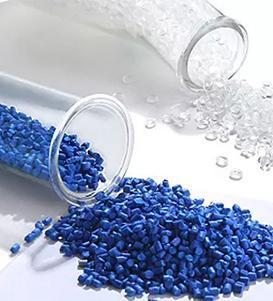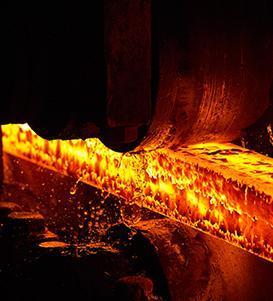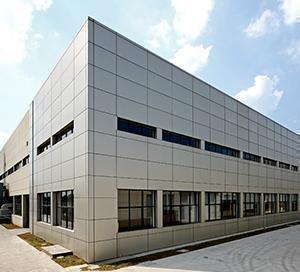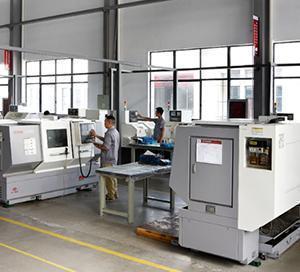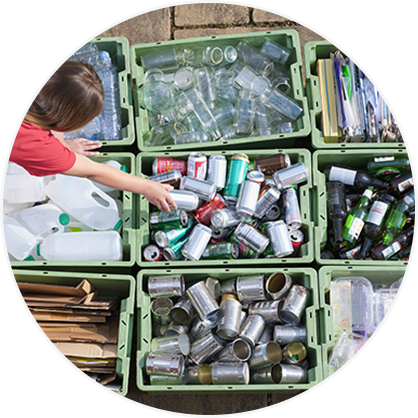
Magnets are commonly used in recycling processes. Powerful magnets are often used to easily identify and separate various metals. These magnetic separators, separate non-ferrous metals, such as aluminum, commonly found in soda cans, from ferrous metals such as iron.
Magnetic separators are the key to recycling as Hopper magnets, Magnetic drawers, Overband magnets and powerful neodymium magnets are applied in recycling machines, but recycling facilities use not only magnets but also magnetic fields for sorting. After high-energy magnets remove ferrous recyclables, the magnetic fluid repels non-ferrous metals, such as aluminum soda cans, separating them from other materials such as plastics.
Metals from recycling centers are typically sent to metal plants where they are heated to their respective melting points and poured into molds. The metals are then shipped and repurposed by various manufacturers who can make new products out of them.
Meanwhile, the automated sorting of plastic discarded by consumers ensures that more plastic is recovered and recycled, reducing the amount of plastic that ends up in incinerators or directly in landfills.
In short, the application of magnets and magnets is a wide concern in the recycling industry. We contribute to environmental protection by using the magnets in our hands.
 English
English 日本語
日本語 한국어
한국어 français
français Deutsch
Deutsch Español
Español italiano
italiano русский
русский português
português العربية
العربية




